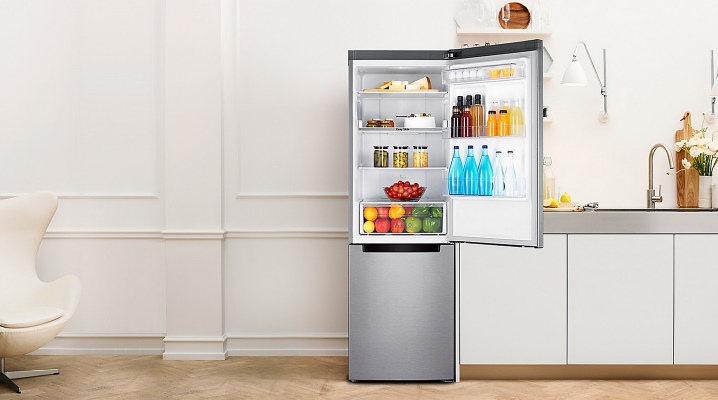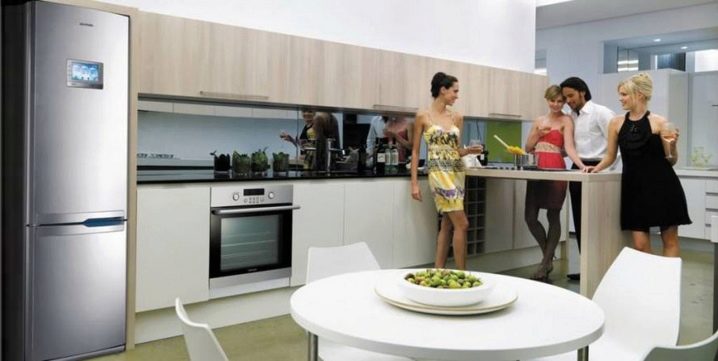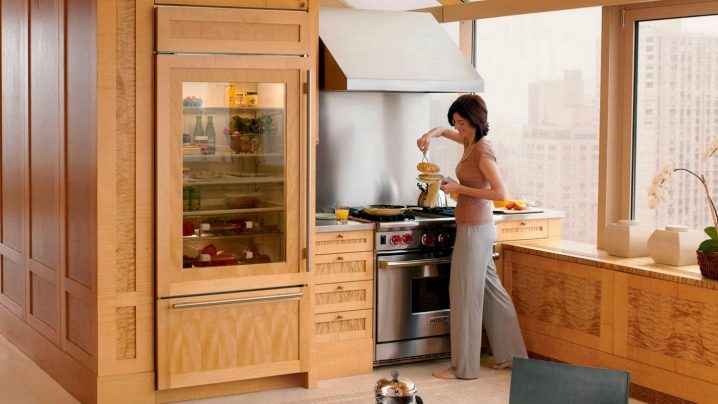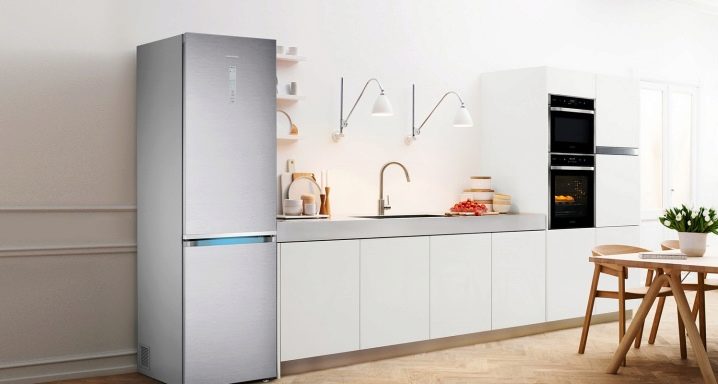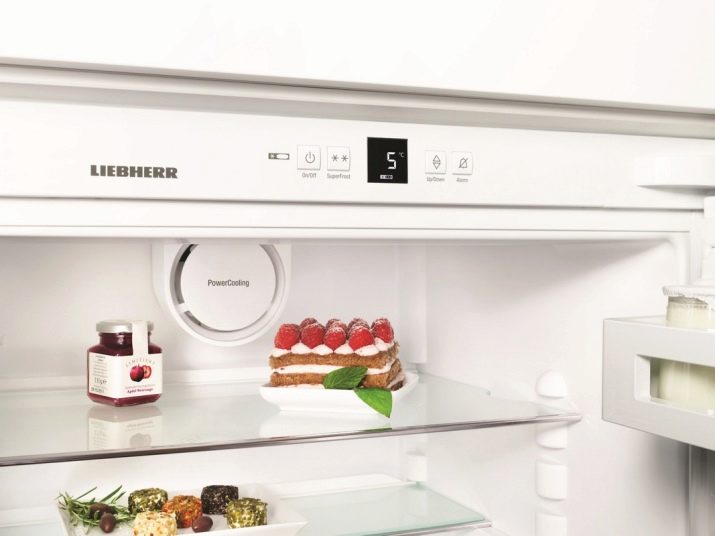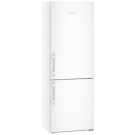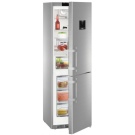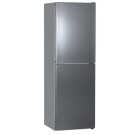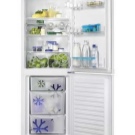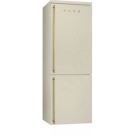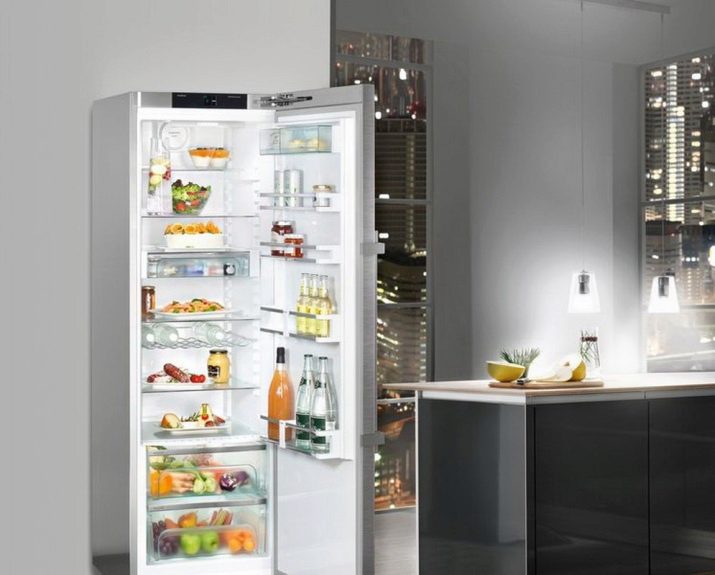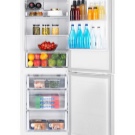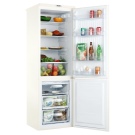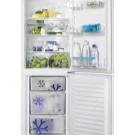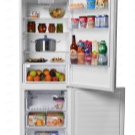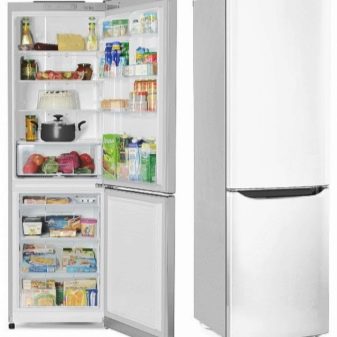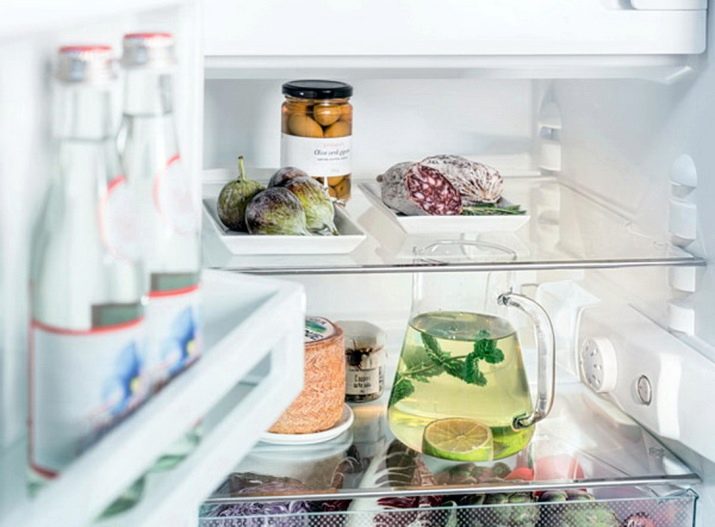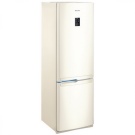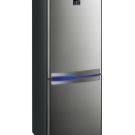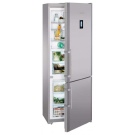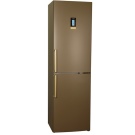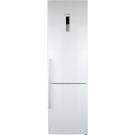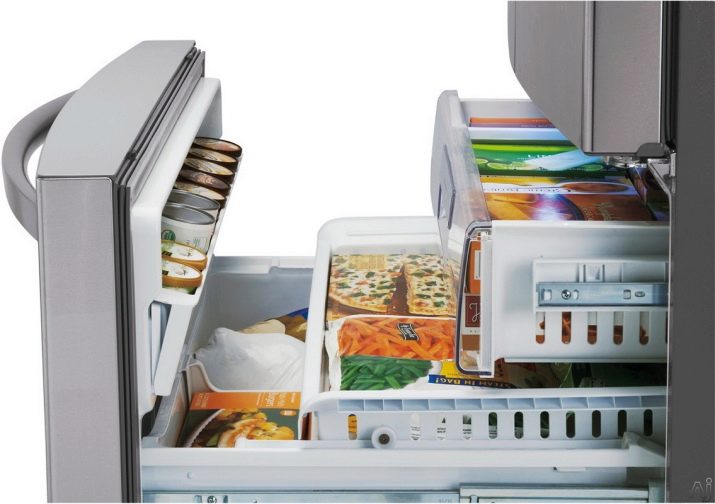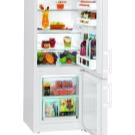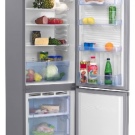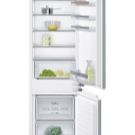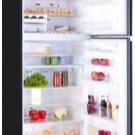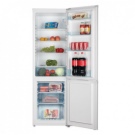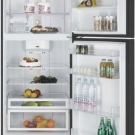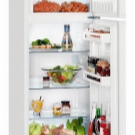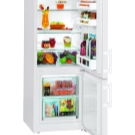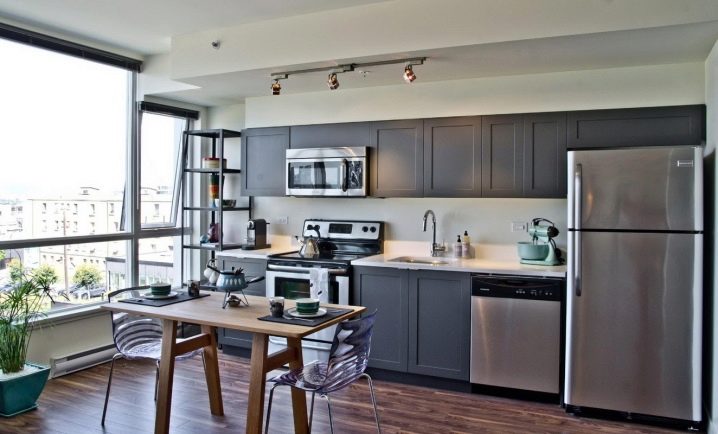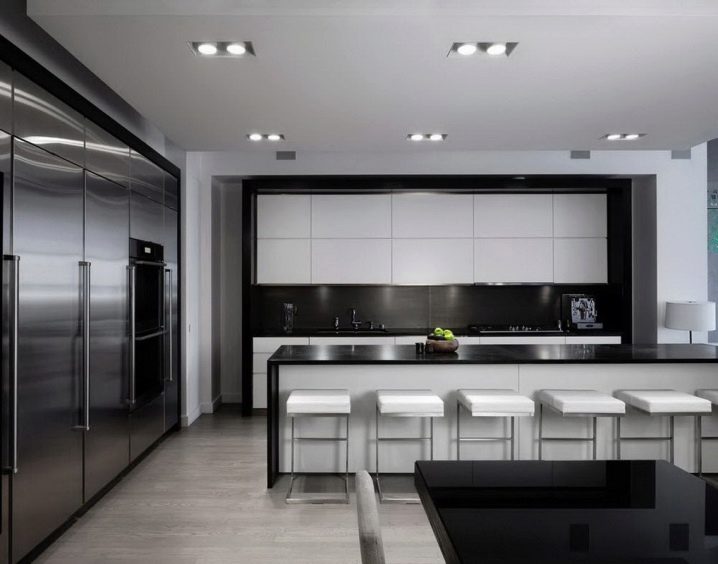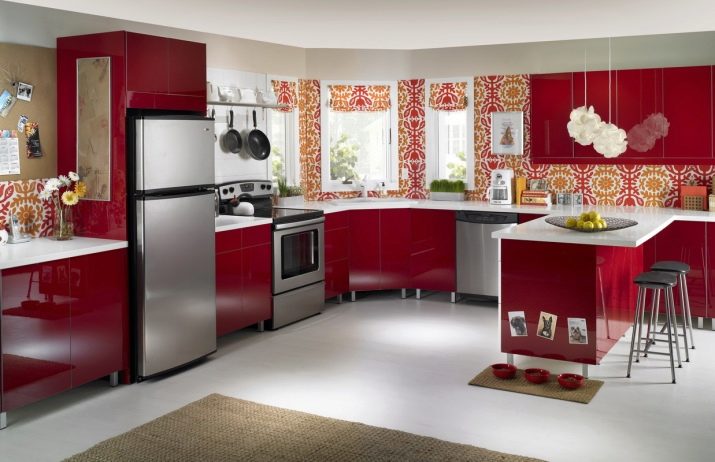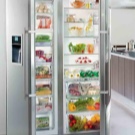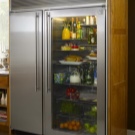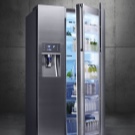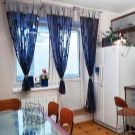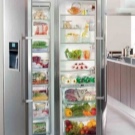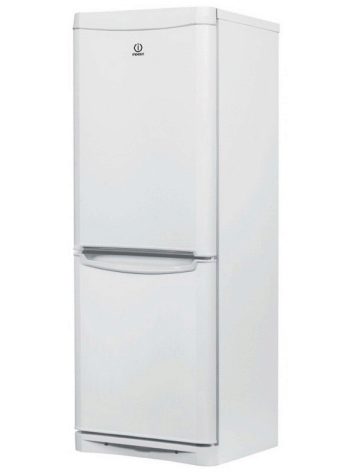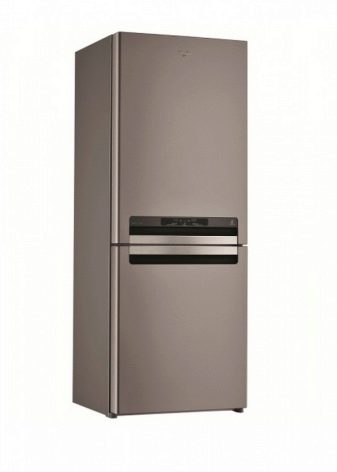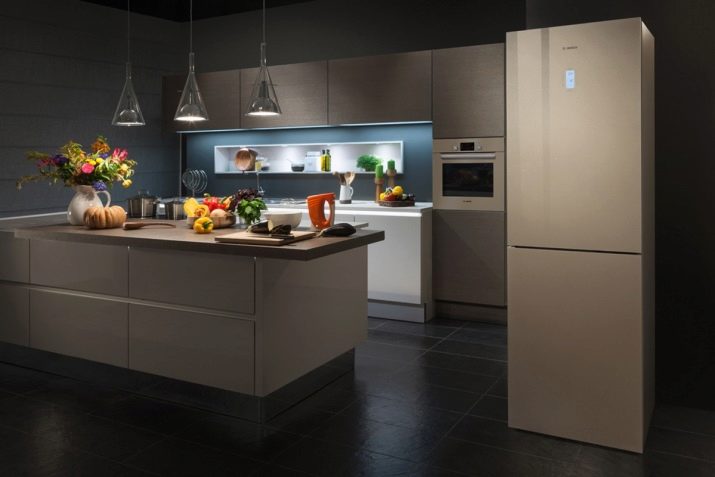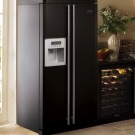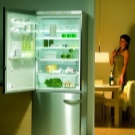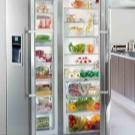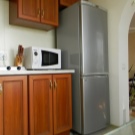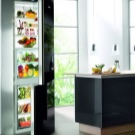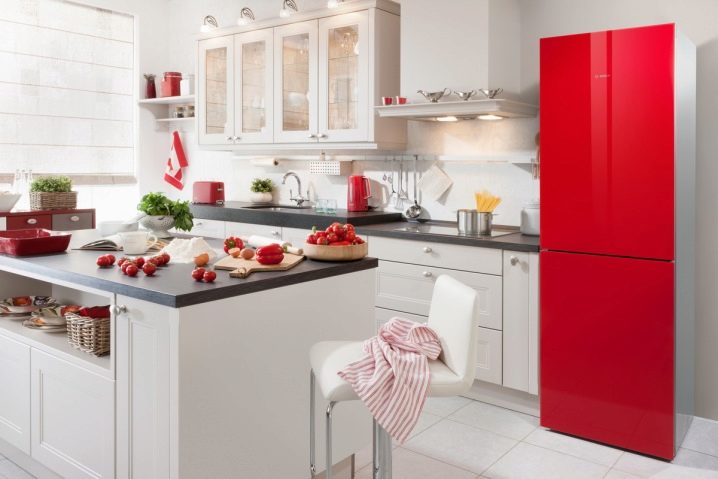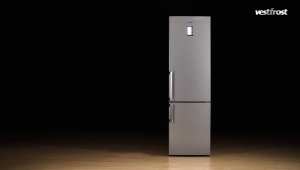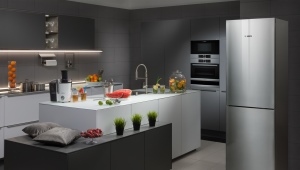Refrigerator climate classes
Choosing a refrigerator is a crucial task, since usually this type of equipment is purchased for at least 10 years (with the expectation that it will last much longer). In order for home appliances not to be out of service and not broken before they make a purchase, it is necessary to take into account not only its parameters, but also the conditions in which it will work. Most often, special attention is paid to the design, roominess and energy intensity of this household appliance. Another parameter is given very little attention, but in vain.
Concept
About the concept of "climate class refrigerator“In general, few have heard, although this characteristic is considered one of the most important for the stable operation of this device. The climate class of the refrigerator means a certain temperature, which should be in the room where such a household appliance is located. If you do not comply with this recommendation, then this technique will work for wear and soon will break.
Even if the refrigerator was under warranty service, the service center may refuse to repair or replace a broken device for free, as the temperature conditions that should be in the room were violated.
In order not to become a victim of such a breakdown, it is necessary to understand what climatic classes of refrigerators are (and what are the differences).
Kinds
There are 4 types of such devices, not taking into account the mixed models that combine the features of the main types. The table shows the climate classes of the refrigerator and the temperature range at which the unit will work with maximum efficiency.
| Climate class | Climate class definition | Temperature Range | Designation |
| Normal | Middle band | + 16 - 32 degrees | N |
| Subnormal | Continental | + 10 - 32 degrees | SN |
| Subtropical | Hot climate with high humidity | + 18— 38 degrees | ST |
| Tropical | Hot | + 18 - 48 degrees | T |
As mixed models are the following options:
-
SN-T;
-
N-T;
- N-ST.
N
Class N acts as a universal species that is used in temperate climates without prolonged hot or cold periods.
Distinctive features of this type:
- Works great in conditions where the temperature ranges from +16 to +32 degrees.
- It belongs to the energy-saving class, as it consumes a small amount of electricity.
- Most often installed in homes.
- If the temperature in the room is more than +32 degrees, then such a device can be used with an air conditioner. Otherwise, this household appliance will quickly fail.
- Differs democratic price, as it is the most common model.
The following manufacturers produce this type of refrigeration equipment:
- LG;
- Indesit;
- Nord.
SN
Refrigeration equipment class SN can be installed in a fairly cold room, which is practically not heated - for example, in the basement or cold corridor. Most often used for industrial purposes. It is better to place such a device in a room where the temperature varies from 10 to 32 degrees Celsius.
Refrigerator class SN release brands:
- Liebherr;
- Bosch;
- Samsung.
ST
Such a refrigeration device is suitable for a climate that is characterized by high temperatures and humidity.These models easily transfer temperature drops. However, do not use them in cold rooms. If you are going to put such equipment in your home, make sure that the room is well heated or heated.
Leaders among manufacturers of such refrigerators:
- Samsung;
- Electrolux;
- Miele;
- Sharp.
T
Such a household appliance can work perfectly in a dry and very hot climate. It is equipped with a large layer of thermal insulation. In this regard, this type is much more expensive than other analogues. In no case should it be installed in a room where high humidity is observed.
Distinctive features of the refrigerator of a climatic class T:
- Equipped with a strong compressor, which has high performance.
- Condenser implies increased refrigerant throughput.
- Increasing the thickness of the hull walls, strengthening the insulating layer.
- The use of biologically stable elements - to prevent the formation of mold, rot and fungus.
- The device becomes more energy-intensive, increases the amount of electricity consumed.
For Russia, such models are often not available,since they are not very profitable in terms of the material costs of their acquisition.
This class can be found in well-known manufacturers:
- Samsung;
- Whirpool;
- Panasonic.
Models characterized by double marking
It is not always possible to find refrigeration equipment that has a single-character label. Refrigerator manufacturers also produce mixed models. Do not think that such species are universal and can be used in any climatic conditions. Their main difference is in the insulating layer.
The higher the variation of the ambient temperature range, the thicker the insulation layer will be, as well as additional fans will be present, which increase the efficiency of heat transfer. Accordingly, they consume much more electricity than conventional models.
Mixed models are becoming increasingly popular in the Russian market. This is due to the fact that the autumn-spring period is characterized by low temperatures, and later switching on or early switching off the heating causes the room to become rather cool.In the summer, there is a sharp increase in temperature, and it becomes very hot in the apartments.
Mixed climate classes of refrigerators suggest such a temperature variation:
- N-ST - this means that it assumes work in conditions from +16 to +38 degrees;
- Nt - perfectly copes with temperature drops from +16 to +43 degrees;
- SN-ST - will be able to work in a room where it is quite cold (+10) and very hot (+38);
- SN-T - universal equipment that can work in cold conditions (+10 degrees) and in heat (+43 degrees).
An example of brands that produce models Ntare Whirpool and Indesit. Such units work well in temperature conditions, which can vary from +16 to +43 degrees.
Features of the equipment
Different climate classes of refrigerators are distinguished by their design:
- Compressor power - the higher the temperature mode assumes the use of a particular model, the more powerful the motor should be available. For tropical and subtropical class compressors are used, which are characterized by high performance.
- Space for heat exchange - refrigerators and freezers, which have a higher temperature range, are equipped with a larger surface for heat exchange. The ST or T class has condensers and evaporators with a larger area than other models.
- Materials for production - if it is assumed that such equipment will be used in a hot tropical climate, then the materials must be resistant and not assume the appearance of mold or the development of fungus.
- Thermal insulation layer - the lower the temperature of the room in which the refrigeration equipment is located, the less insulating layer is used for it. The equipment designed for work in the environment with a normal and subnormal climate, such a heat-insulating layer is much less than that of similar models working in the heat.
- Electricity consumption - with other parameters being equal, a device that assumes functioning in a wide range of temperature conditions (SN-T, N-T) consumes much more electricity.
Type definition
If you are wondering how to understand which climate type refrigeration equipment belongs to, then it is worthwhile to carefully study the symbols indicated as its label.
Most often, this designation can be found in the instruction manual or passport to the device. Very often, home appliance manufacturers indicate this mark on a specialized sticker, which may be located on the body of the device or located inside the refrigerator compartment.
Which option to give preference?
When purchasing a refrigerator, be sure to evaluate the conditions in which it will function:
- what is the temperature in the room, what is the humidity. Naturally, you can choose a multiclass model and not worry about such parameters - for example, by stopping the choice on the model SN-T. Considering that in Russia climatic conditions in the cold and hot periods differ very much, such an acquisition can be justified (despite the increased cost).
- If you want to save money and live in an area characterized by a cool climate, then you can buy refrigeration equipment that has a normal or subnormal climate class (N or SN). These types are cheaper. If you create the appropriate conditions for them, they will last a very long time.
Responsibly and seriously approach the choice of climate class refrigerator, and then such equipment will serve you for more than a dozen years.
